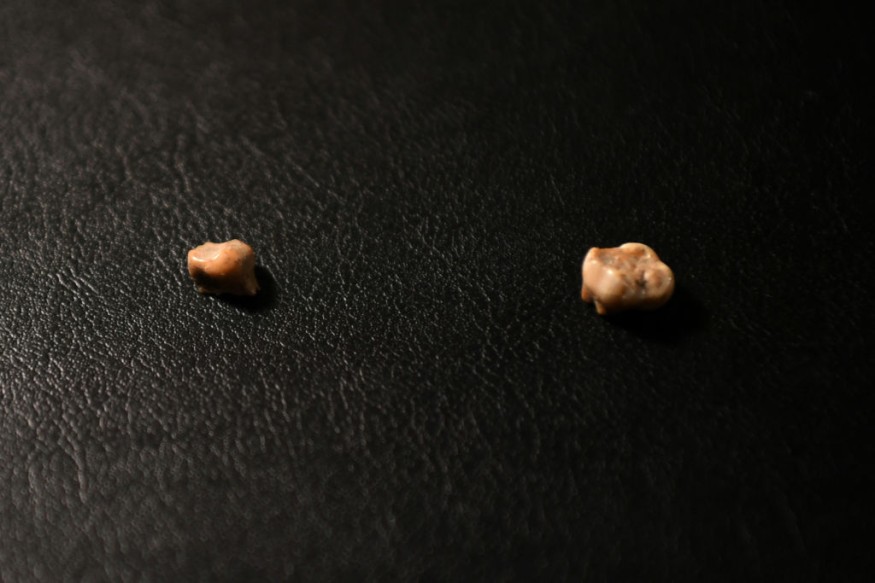Studies have shown that Neanderthals were proficient hunters, but scientists are still unsure to what degree they eat plants for their diet. Some research suggests that Neanderthals were major consumers of plants, and others indicate that they ate meat almost entirely.
The Neanderthals' diet has been a continuous topic of debate for scientists and now new research explores the ancient tooth found in the Gabasa excavation site in Spain.

Using Isotope Analysis To Determine Neanderthals' Diet
Previous methods of analyzing the bones of Neanderthals to determine their diet involve using nitrogen isotope analysis, per Cosmos. Isotopes are atoms of the same element that have the same number of protons but not the same number of neutrons. Studying the differences in their concentrations can yield useful information.
For example, nitrogen isotopes in a biological sample can tell the trophic or nutritional level of an organism because the heavier nitrogen isotopes mean they have more neutrons and they tend to accumulate higher up in the food chain.
However, this method can only be used in temperate environments and rarely on samples that are over 50,000 years old because collagen degrades over time, depending on the environmental conditions and climate. When conditions are not met, nitrogen isotope analysis could be complex and even impossible at times, such as in the case of the ancient tooth reported in the study.
In the study, titled "A Neandertal dietary conundrum: Insights provided by tooth enamel Zn isotopes from Gabasa, Spain" published in PNAS, scientists from the French National Center for Scientific Research wrote their analysis of the zinc isotope ratios found in the tooth enamel. The enamel is a thin mineral that covers the tooth that makes it less susceptible to degradation.
Out of the five stable Zinc (Zn) isotopes, the ratio of 66Zn to 64Zn tells scientists whether an animal is a herbivore or a carnivore. The more 64Zn isotopes are, the more likely it is for the teeth to belong to a carnivore. That means the lower proportions of zinc-66 isotopes in the bones correspond to a high animal or meat diet.
Based on the low zinc isotope signature in the ancient Neanderthal tooth, the team concludes that it previously belonged to a dedicated meat eater.
Neanderthals Ate a Lot of Meat
Researchers wrote that the signature Zn isotopes suggest that Neanderthals were "of a top-level carnivore." It is a similar finding to that observed in nitrogen isotopes in other specimens found in other sites of Neanderthal settlement. They added that Neanderthals easily exhibit the lowest Zn isotope of all animal groups studied in the Gabasa site.
Ancient Tooth Finally Reveals Whether Neanderthals Were Carnivores https://t.co/axUPAdytxO
— ScienceAlert (@ScienceAlert) October 24, 2022
The owner of the tooth may have been an apex predator in Paleolithic Iberia, but analyses of other bones that there could be some dietary differences to other carnivores, Science Alert reported. Many contemporary carnivores in the region most likely consumed the blood and bones of their prey that raised their Zn isotope signature.
Researchers suspect that the owner of the tooth likely ate a lot of meat but not including the bones and blood of their prey given the low Zn isotope signature. Also, chemical evidence indicates that Neanderthals weaned at two-and-a-half years of age, and they likely died where they were born.
Although these findings support existing research, the team recommends more research to understand the full range of Neanderthals' diets. Even though they preyed on animals, it is still possible that some Neanderthal populations have eaten plants and fungi to supplement their diet.
RELATED ARTICLE: Neanderthal Teeth May Have Grown Faster, Four Months Earlier Than In Modern Humans as Evident in a 120,000-Year-Old Milk Tooth
Check out more news and information on Neanderthals in Science Times.










